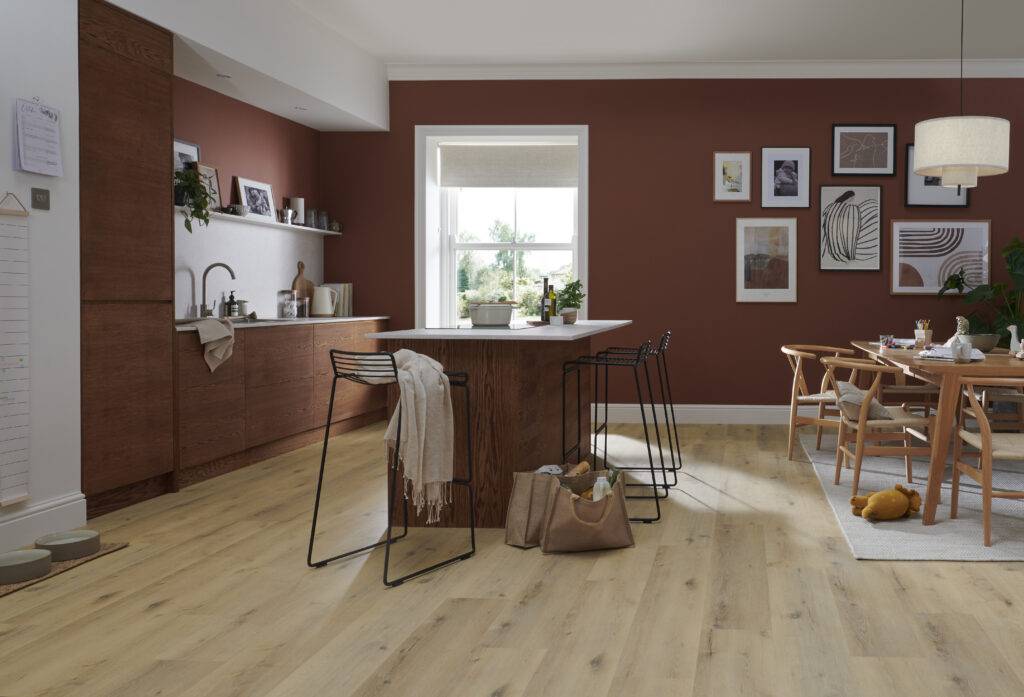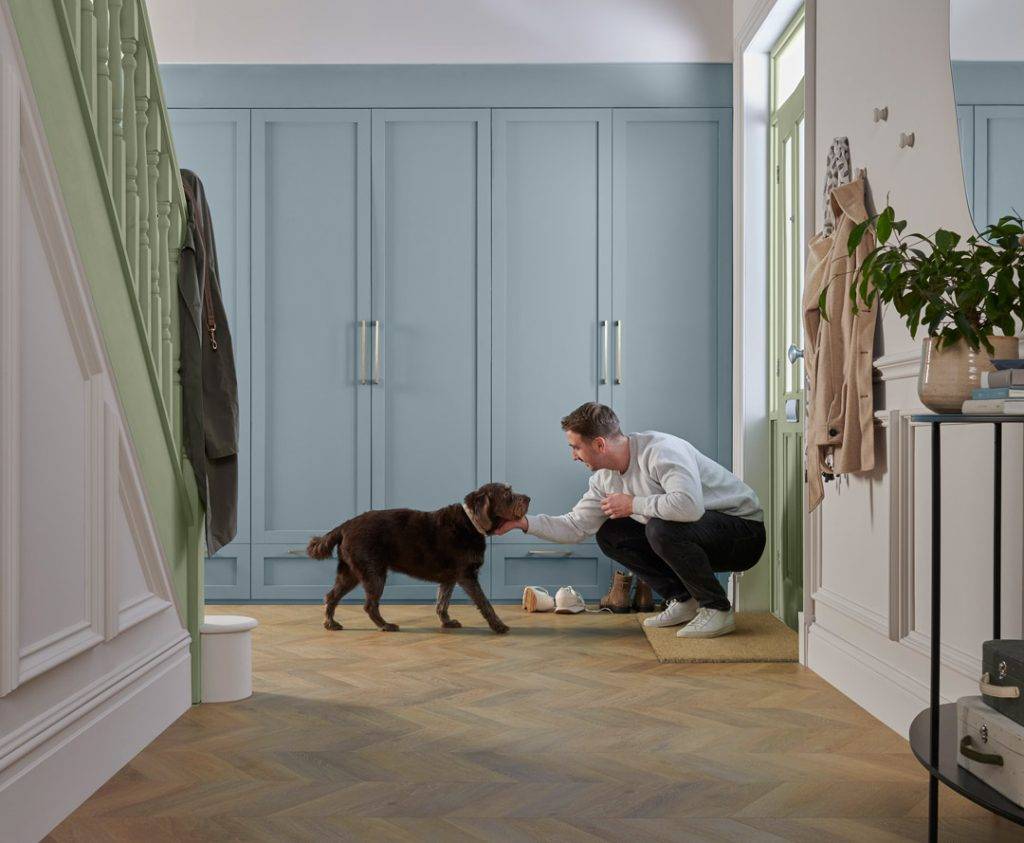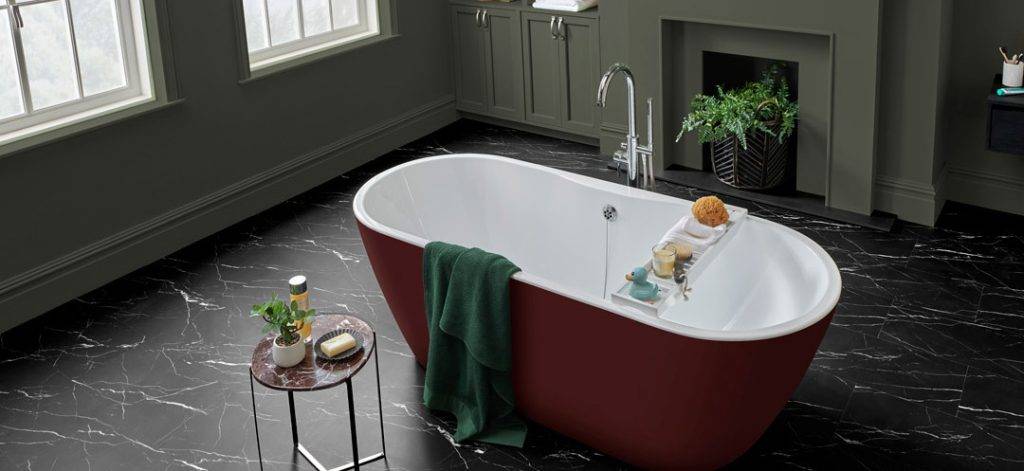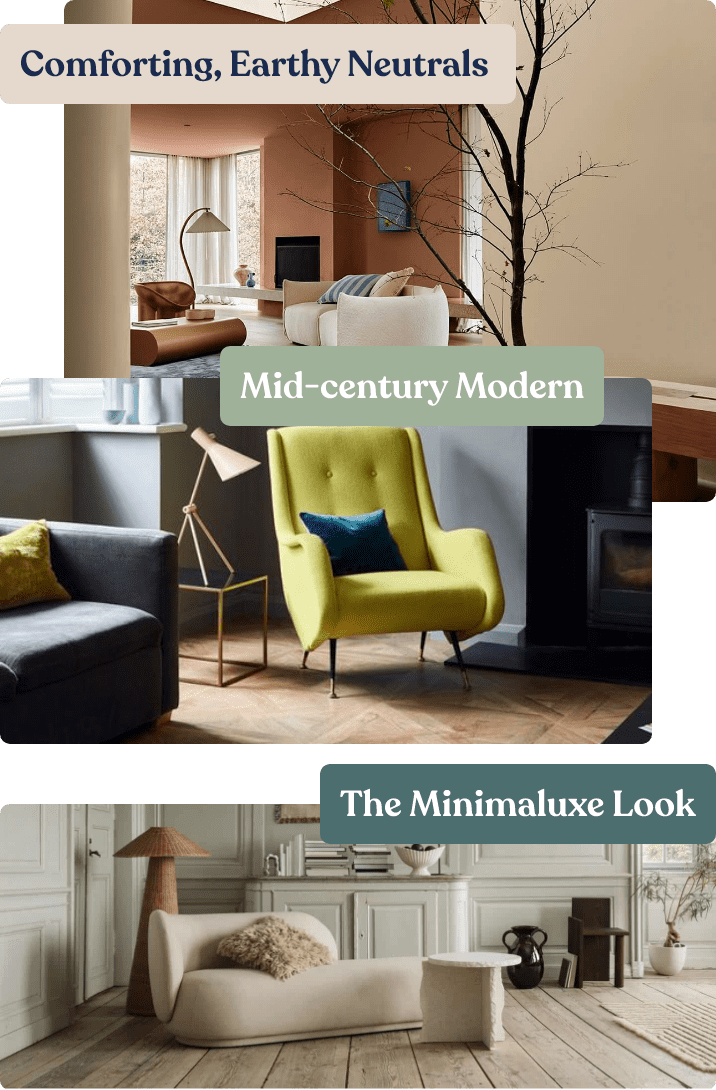Building homes from the floor up
Up to 3 FREE Samples
Building homes from the floor up
Up to 3 FREE Samples
Are you looking for a timeless, stylish flooring with practical benefits? Luxury Vinyl Tiles (LVT) is an ideal flooring option for you.
That being said, there’s been a lot of misconceptions about LVT, including what it’s made up of, and how it differs from standard vinyl in more than its high presentation value. As such, Luvanto has made a blog to illustrate what LVT is made up of, and why LVT is one of the best flooring options on the market today.
LVT flooring is composed of several layers, each serving a specific purpose:
Upgrade your home with LVT
For a winning combination of beauty and practical, LVT flooring is a perfect choice for most homes. By understanding its composition, you can make an informed decision and select the right flooring for your lifestyle.
Recently Viewed
Related Articles
The Natural LVT flooring trend: Bring the Outdoors in
Crafting Industrial Style: Decorating with Stone Effect LVT Flooring from Luvanto
How to Style Dark Flooring
How to Style Herringbone Flooring
Understanding LVT Specifications and Technical Details: Your Guide to a Perfect Floor
Waterproof LVT for High-Moisture Bathrooms
Clay Earth
Midnight Olive
Coastal Cottage




Trends come and go but a Luvanto floor is forever.
Keep your interiors looking show-home worthy with our colour and trend inspiration. As experts in colour forecasting and pairings, we match the latest trends and colours with each of our flooring shades so you can stay tickled pink with your décor all year round.
Flooring
Inspiration
Where To Buy
Help And Support
Copyright © 2024 Luvanto - QA Flooring Solutions Ltd. All Rights Reserved.
QA Flooring Solutions Ltd is a company registered in England
Registered Office: Unit 2 Hurricane Drive, Speke, Liverpool, L24 8RL
Company Registration Number: 07870268 | VAT Number: 852026449
| Cookie | Duration | Description |
|---|---|---|
| cookielawinfo-checkbox-analytics | 11 months | This cookie is set by GDPR Cookie Consent plugin. The cookie is used to store the user consent for the cookies in the category "Analytics". |
| cookielawinfo-checkbox-functional | 11 months | The cookie is set by GDPR cookie consent to record the user consent for the cookies in the category "Functional". |
| cookielawinfo-checkbox-necessary | 11 months | This cookie is set by GDPR Cookie Consent plugin. The cookies is used to store the user consent for the cookies in the category "Necessary". |
| cookielawinfo-checkbox-others | 11 months | This cookie is set by GDPR Cookie Consent plugin. The cookie is used to store the user consent for the cookies in the category "Other. |
| cookielawinfo-checkbox-performance | 11 months | This cookie is set by GDPR Cookie Consent plugin. The cookie is used to store the user consent for the cookies in the category "Performance". |
| viewed_cookie_policy | 11 months | The cookie is set by the GDPR Cookie Consent plugin and is used to store whether or not user has consented to the use of cookies. It does not store any personal data. |
Building homes from the floor up
Up to 3 FREE Samples